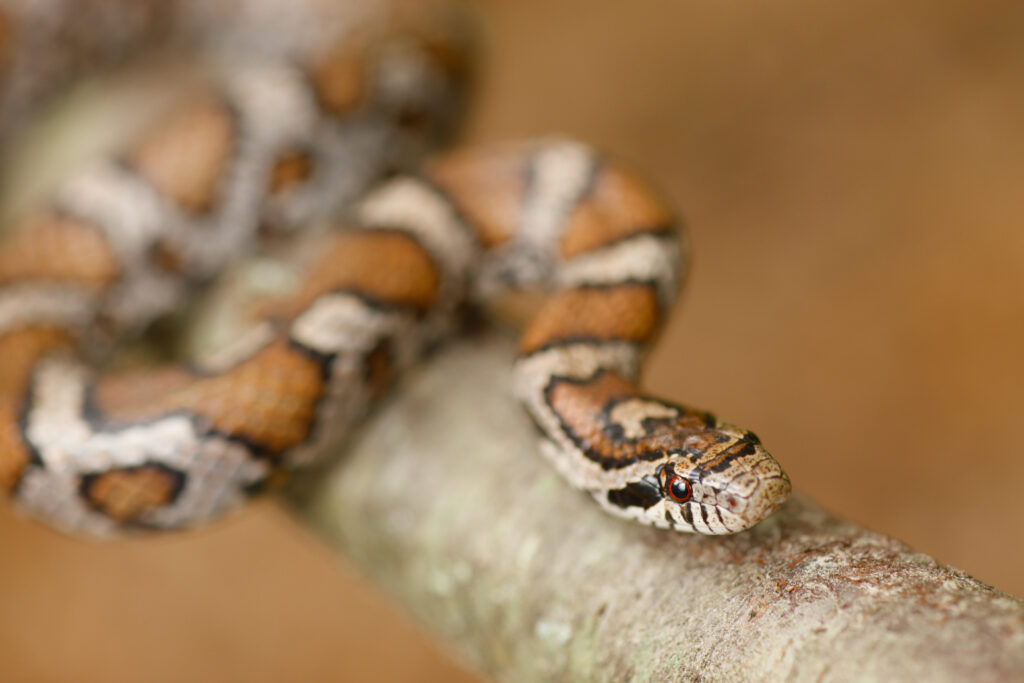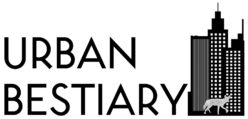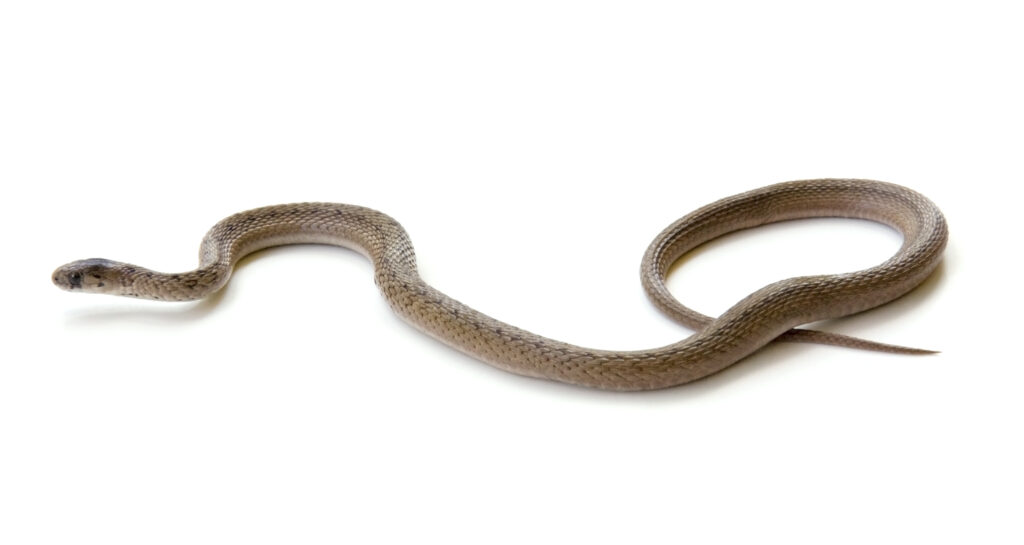
At the end of the day, I discovered that the gorgeous milk snake had shed!
I was able to remove the shed skin in one perfect piece, head to tail. And place it gently in-tact in a large Ziploc bag that I labelled with her patient number and the date on it.
Everyone has been waiting for her to shed. Which is not surprising as her wounds heal. She is the only snake who has not been placed in foster care while staffing is reduced due to Covid19, because she has been healing from some significant wounds on her belly. I noticed about 3 weeks ago that her eyes were starting to get cloudy – a sign of preparing to shed.
The beautiful snake was hiding under the large rock in her enclosure as I removed the shed skin. I let staff member J know, and since snakes don’t eat much before shedding, I was asked to bring her a little feast of a variety of small foods. Well no problem – except for the earthworms from outside.
I grabbed a fork from the kitchen and first went out the back door and into the ditch area to look for worms. I promptly stepped deeply into muck, covering my right shoe and pant hem. Ugh. No worms.
Then I went over the road to the farther ditch to dig and look under garbage in the wet ditch. No worms.
I have no idea where to find worms. On my way back into the centre, taking a route back that appeared drier, I slipped into the deep muck. Covered my left shoe. Ugh.
Ok, so wiped my feet as well as I could on the grass, then on the door mat, I went inside and went to the room where the dirty kennel cabs and waterfowl mats are hosed down. I hosed down my shoes and pants. Soaking wet shoes and socks now. Still no worms. I know nothing about wild worms.
So I went out the front door, to the park-like area in front of the building. Dug my fork into the grass. No worms. Dug into the slope of the planted area, covered in leaves. No worms. But there was a nice surprise: as I was returning to the TWC I noticed a groundhog looking at me!
A groundhog has made a home in the planted mound, in the park-like space in front of the Centre. What a treat to see her looking at me looking at her looking at me. Then back in to the Centre. I asked A if she knew where to find worms. Nope. I asked T. Good thing I asked T! She told me where to look. It was outside of course but could not be any closer or easier. I found two small wild earthworms. Thank goodness!
The milksnake’s post-shed Easter Sunday feast was complete and placed in a tiny dish in front of her, for her to enjoy.

